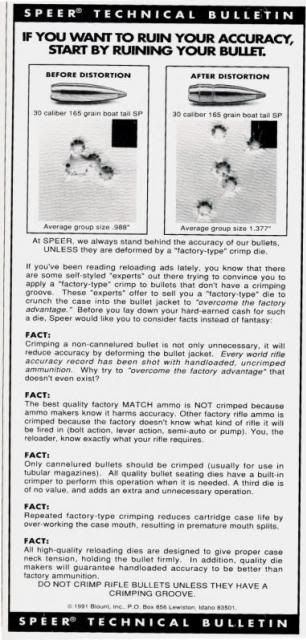Pond James Pond
New member
As I started resizing the first of my 1000 .223 cases last night (with a hand press!), I contemplated the task ahead.
Doing so I sighed and thought "Well, this had better all be worthwhile!!".
From there I began to consider that more broadly and I wondered to myself which aspect of reloading had the greatest effect on accuracy in a given rifle.
Is it the condition of the case?
Is it the bullet used?
Is it the powder?
Or COAL?
If you hand picked each and every one of the above to make you perfect round for your gun, which would you expect to contribute the most to the combination's resulting tack-driver accuracy?
Doing so I sighed and thought "Well, this had better all be worthwhile!!".
From there I began to consider that more broadly and I wondered to myself which aspect of reloading had the greatest effect on accuracy in a given rifle.
Is it the condition of the case?
Is it the bullet used?
Is it the powder?
Or COAL?
If you hand picked each and every one of the above to make you perfect round for your gun, which would you expect to contribute the most to the combination's resulting tack-driver accuracy?

